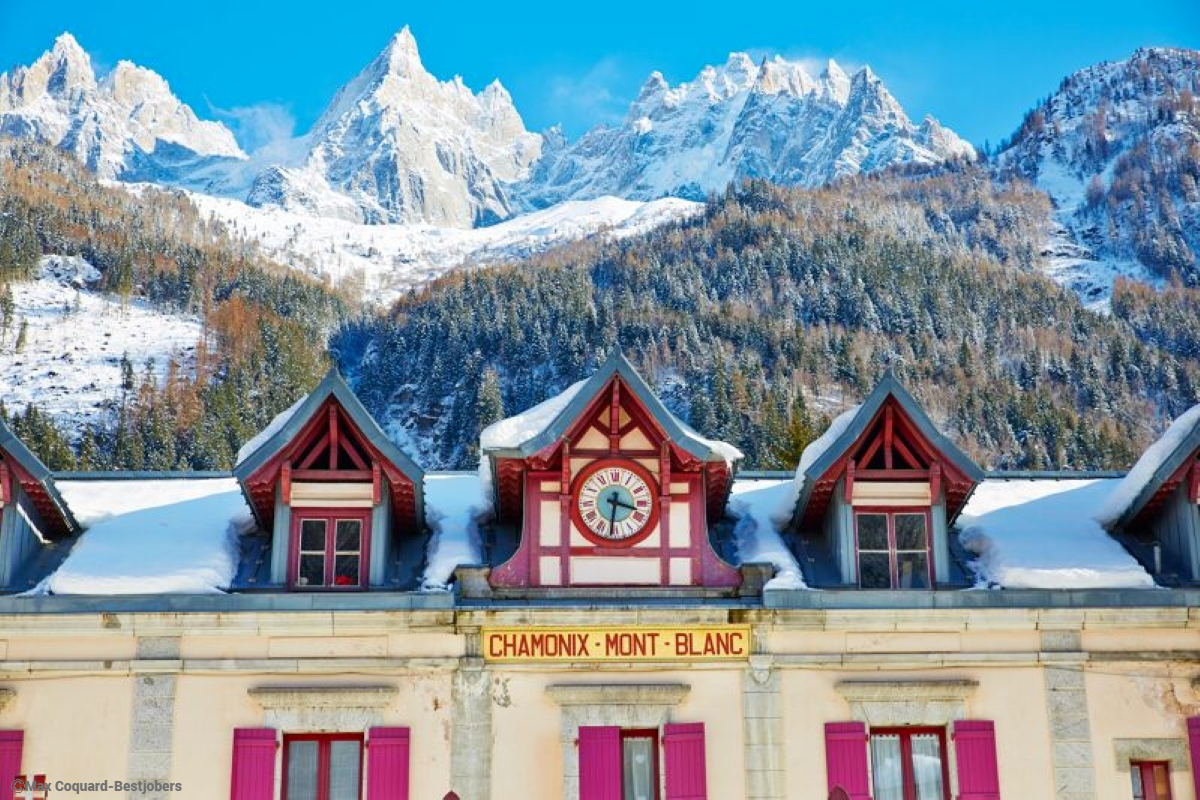Chamonix is a unique destination in many ways, that includes its property market
In terms of mountain resorts, Chamonix is very much an outlier. That is because it receives more visitors in the summer than the winter. For example, from a local population of 9,000, visitor numbers can swell up to 130,000 in the resort during events such as UTMB in August each year and up to 100,000 in the peak winter periods. As a result, rental prices in the valley during the summer peak are about the same as they are in the winter season. In other French ski resorts, that is not the case, they are usually 60-70% lower* in the summer.
This has made Chamonix an extraordinarily attractive destination to own a rental property.
The strong dual-season rental market is attractive for property owners who rent their places out, and has been a large demand driver, pushing up prices over the last 3-5 years by 5-10% annually. From a lower base than many other major resorts, Chamonix has been one of the top price performers.
This is the reason behind the introduction of Loi Le Meur (aka “Loi anti-Air bnb”) in 2024 - Chamonix was the first ski resort in France to adopt this measure.
Killing the golden goose?
On one hand, all ski resorts are looking for ways to mitigate the property shortage, and high prices, in their local property markets. We have no doubt that others will be looking closely at the Chamonix model. We would not be surprised if other ski resorts in France consider replicating it in part. Some are pro-actively designating land for construction only for locals. And of course on the other hand, tourism is the golden goose, these are close communities and in some resorts the local developers are highly (politically) influential.
We were already of the opinion that the Loi Le Meur would significantly reduce the pace of buy-to-let construction. Furthermore, the economics for developers under the expanded social housing scheme had already become questionable, with only the large-scale national developers able to justify projects. A taxe d’habitation surcharge on secondary residences of up to 60% was introduced 2023.
To be clear, holiday and second home buyers can still buy in Chamonix, but the choice will limited to re-sales only, in the secondary market, of which there is a finite number.
Unintended consequences
Ironically, we now have a tug of war between two different regimes in France. The Résidences de Tourisme, Loi Montagne, and the VAT recovery programs were designed to promote economic activity in resorts (across France) and encourage rentals for when the owners were not present, and encourage a high level of ‘warm beds’ in the location. Now we have a locally implemented law that incentivises the opposite – beware of unintended consequences.
How will this play out? In our opinion, Lex Weber in Switzerland could well be a precedent. This law restricts the new building of any non-primary residence in any resort where the existing stock of second homes already exceeds 20% of the total stock. The effect has been a lower supply of property that non-residents or second home buyers can acquire, pushing up prices to a premium over primary residence properties.
Press release from the Mairie de Chamonix: https://tinyurl.com/mbbar7zx
* Source: Cimalpes

